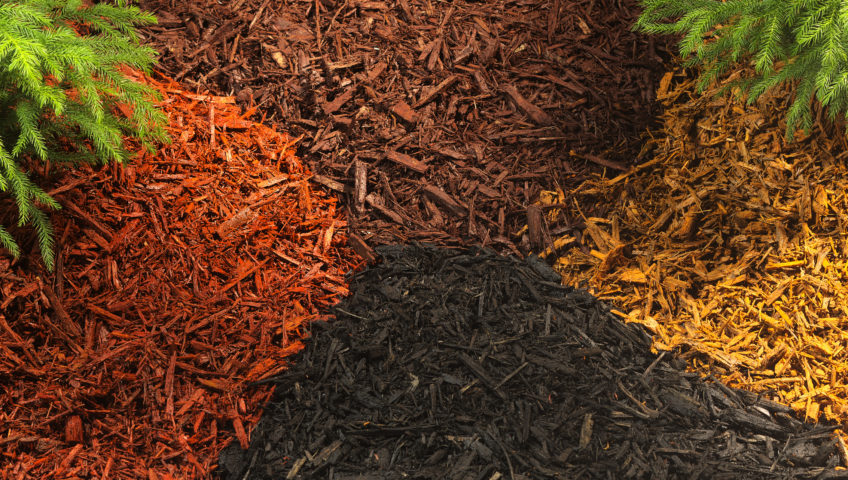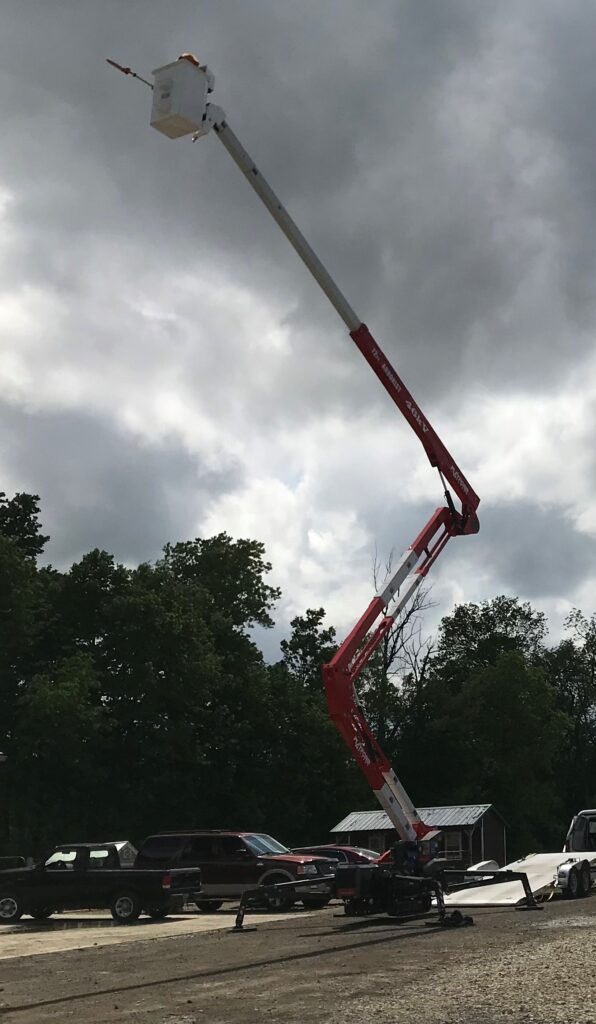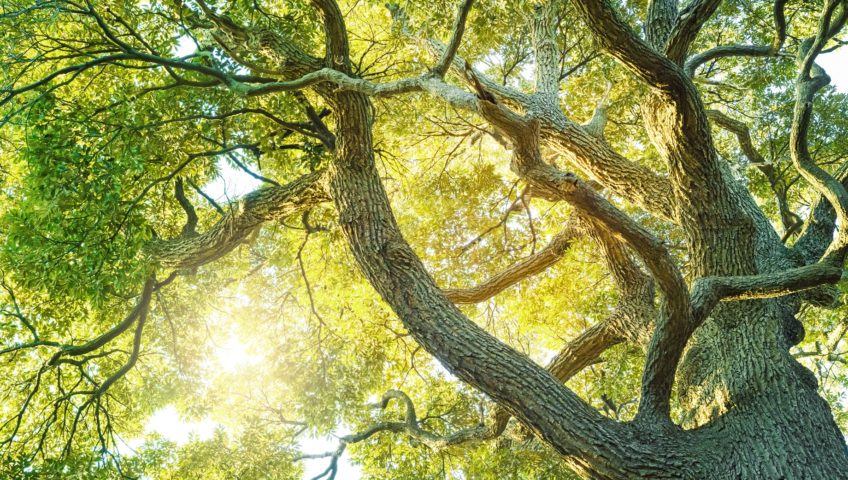
Spencer’s Tree and Landscape Solutions is Hiring!
Spencer’s Tree and Landscape Solutions is now hiring and looking for hardworking, motivated individuals to join our growing team! We have exciting opportunities for full-time positions in tree service, landscaping, and winter maintenance. We are especially seeking skilled bucket operators, who can earn up to $25 per hour based on experience. As a valued member of our team, you’ll enjoy competitive benefits, including an employer-funded retirement plan, paid vacation, paid holidays, health, dental, and vision insurance. If you’re passionate about tree care, landscape solutions, and working outdoors in a supportive environment, Spencer’s Tree and Landscape Solutions could be the perfect fit for you. Apply today to start a rewarding career in the tree and landscaping industry!












